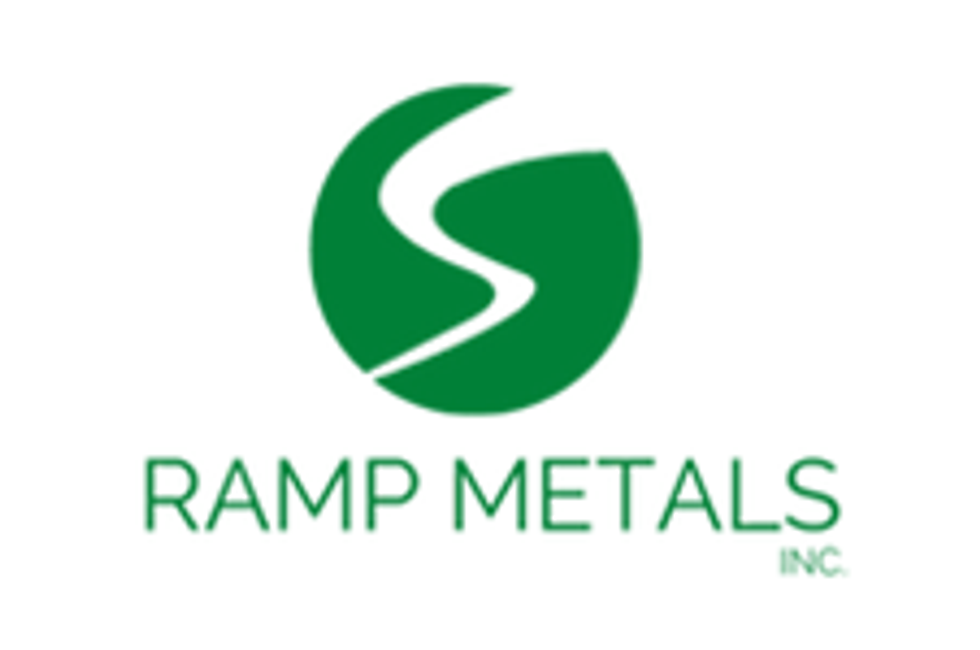- NORTH AMERICA EDITIONAustraliaNorth AmericaWorld
Investing News NetworkYour trusted source for investing success
Fireweed Metals
Cyclone Metals
Lancaster Resources
Element79 Gold Corp.
- Lithium Outlook
- Oil and Gas Outlook
- Gold Outlook Report
- Uranium Outlook
- Rare Earths Outlook
- All Outlook Reports
- Top Generative AI Stocks
- Top EV Stocks
- Biggest AI Companies
- Biggest Blockchain Stocks
- Biggest Cryptocurrency-mining Stocks
- Biggest Cybersecurity Companies
- Biggest Robotics Companies
- Biggest Social Media Companies
- Biggest Technology ETFs
- Artificial Intellgience ETFs
- Robotics ETFs
- Canadian Cryptocurrency ETFs
- Artificial Intelligence Outlook
- EV Outlook
- Cleantech Outlook
- Crypto Outlook
- Tech Outlook
- All Market Outlook Reports
- Cannabis Weekly Round-Up
- Top Alzheimer's Treatment Stocks
- Top Biotech Stocks
- Top Plant-based Food Stocks
- Biggest Cannabis Stocks
- Biggest Pharma Stocks
- Longevity Stocks to Watch
- Psychedelics Stocks to Watch
- Top Cobalt Stocks
- Small Biotech ETFs to Watch
- Top Life Science ETFs
- Biggest Pharmaceutical ETFs
- Life Science Outlook
- Biotech Outlook
- Cannabis Outlook
- Pharma Outlook
- Psychedelics Outlook
- All Market Outlook Reports
Drill Tracker Weekly: Lundin Discovers New High-grade Nickel-Copper Zone 2 Kilometers East of Eagle Mine
Lundin Mining announced the discovery of a new high-grade nickel-copper zone 2 kilometers east of its Eagle mine in Michigan. Lundin acquired the partially constructed Eagle mine from Kennecott in June 2013 for $325 million.
Drill Tracker Weekly is not exclusive to Resource Investing News and is published with permission from Mackie Research Capital Corporation. It highlights drilling results in context with our database of over 10,000 drilling and trenching results. The purpose of this report is to highlight drilling and trenching results that stand out from the pack and compare them to their peer group. This report does not constitute initiation of coverage or a recommendation.
Lundin Mining (TSX:LUN)
Price: $5.89
Market cap: $4,100 million
Cash estimate: $900 million
Project: Eagle
Country: Michigan, US
Ownership: 100 percent
Resources: Probable: 5.1 million tonnes st 3.1 percent nickel, 2.6 percent copper
Project status: Brownfields exploration
- Lundin Mining announced the discovery of a new high-grade nickel-copper zone two kilometres east of its 100% owned Eagle Mine in Michigan. Lundin acquired the partially constructed Eagle Mine from Kennecott in June 2013 for $325 million. The Company is using directional drilling providing a number of holes off a “mother hole” to access the deep targets with multiple holes.
- Highlights from the new discovery include 30.85 metres grading 5.23% Ni, 8.74% Cu, 3.96 g/t Pt, 3.93 g/t Pd, 1.59 g/t Au and 33.57 g/t Ag starting at a depth of 1,139 metres. As the mineralized zone is believed to be a feeder dyke system, it may be assumed that the true width of the mineralized zone is less that the drilling interval.
- While higher-grade breccia material was first reported in July 2014 (34 metres @ 1.33 % Ni and 1.02% Cu) indicating a possible nearby feeder dyke, the first indication of high-grade massive sulphides was intersected in drill hole 14EQ331B with a 0.74 metre interval of 7.24% Ni, 5.71% Cu, 1.17 g/t Pt, 0.26 g/t Pd, 0.12 g/t Au and 16.0 g/t Ag. The Drill Tracker Chart shows the initial lower-grade holes (2001 and 2014) connected with a dashed line to the subsequent high-grade discoveries.
- The current exploration program was designed to test for a possible feeder dyke to the disseminated, lower grade East Eagle zone hosted in a peridotite intrusion that outcrops on surface one kilometre to the east of the Eagle Mine. The drilling has now traced the new zone 350 metres with thirteen of the twenty holes intersecting semi-massive to massive (pentlandite/pyrrhotite /chalcopyrite) mineralization with grades increasing towards the east away from the disseminated mineralization in the Eagle East zone.
- The Eagle Mine has a current reserve of 5.16 million tonnes grading 2.6% Ni and 3.1% Cu with significant PGE credits. The current resource has an expected 8 year mine life. The mine has an expected life of mine cash cost in the lower quartile of producers of $2.55 per pound nickel.
Discovery history (Kennecott): 30 meters at 1.03 percent nickel, 0.75 percent copper (July 2001) and 84 meters at 6.3 percent nickel, 4.0 percent copper (2002)
Current holes: 30.85 meters at 5.23 percent nickel, 8.74 percent copper, 3.96 g/t Pt, 3.93 g/t Pd, 1.59 g/t gold, 33.57 g/t silver
23.85 meters at 5.34 percent nickel, 4.41 percent copper, 2.56 g/t Pt, 1.46 g/t Pd, 0.34 g/t gold, 18.07 g/t silver
Risks Analysis
Data contained in DRILL TRACKER WEEKLY is based on early stage exploration activity. The results are obtained at the very early stages of exploration and therefore, individual results may not be reproducible with additional trenching or drilling, nor may the results ultimately lead to the discovery of an economic deposit. Delineation of a resource body requires an extensive data gathering exercise according to guidelines set out in National Instrument 43-101 before investors can be reliably assured of a competent body of mineralization that may be of economic interest. DRILL TRACKER WEEKLY is designed to highlight individual trench or drill results, which stand out as being materially anomalous and are particularly worth of note – a type of early warning flag for a particular property that warrants further attention. Hence, DRILL TRACKER WEEKLY does not provide a recommendation to buy, sell or hold a specific equity – it is an information reference source to help quantify the meaning and relevance of early stage exploration results.
Relevant Disclosures Applicable to: Drill Tracker Weekly
- The research analyst or a member of the research analyst’s household owns and/or has options to acquire shares of the subject issuer. At the date of this release the author, Wayne Hewgill, owns shares in the following companies: Fission Uranium Corp. (TSX.FCU), Balmoral Resources Ltd. (TSX.BAR)
- Balmoral Resources Ltd. is currently covered at Mackie Research Capital Corp. by analyst Peter Campbell
Analyst Certification
I, Wayne Hewgill certify that the information in this report is sourced through public documents that are believed to be reliable but accuracy and completeness as represented in this report cannot be guaranteed. The author has not received payment from any of the companies covered in this report. This report makes no recommendations to buy, sell or hold. Each analyst of Mackie Research Capital Corporation whose name appears in this report hereby certifies that (i) the recommendations and opinions expressed in this research report accurately reflect the analyst’s personal views and (ii) no part of the research analyst’s compensation was or will be directly or indirectly related to the specific conclusions or recommendations expressed in this research report.
Outlook Reports
Featured Base Metals Investing Stocks
Browse Companies
MARKETS
COMMODITIES
| Commodities | |||
|---|---|---|---|
| Gold | 2344.53 | +0.88 | |
| Silver | 27.94 | +0.01 | |
| Copper | 4.32 | +0.06 | |
| Oil | 85.45 | -0.14 | |
| Heating Oil | 2.68 | +0.02 | |
| Natural Gas | 1.77 | +0.01 | |
Investing News Network websites or approved third-party tools use cookies. Please refer to the cookie policy for collected data, privacy and GDPR compliance. By continuing to browse the site, you agree to our use of cookies.








